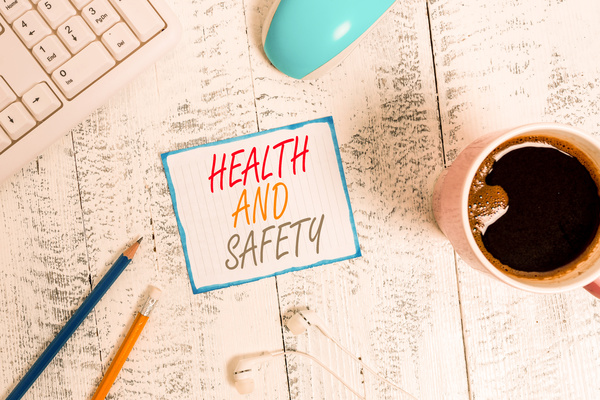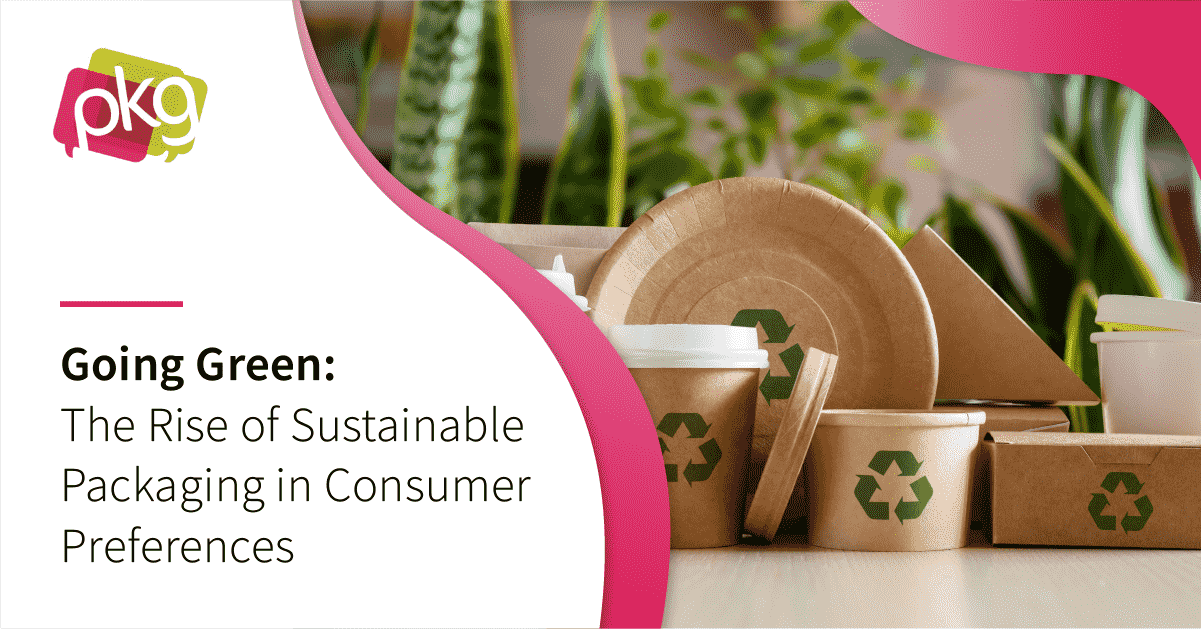
Sustainable CPG packaging has long been a concern for many consumers. They want materials they can easily recycle, like paper, wood, and even glass.
As consumers become more aware of how sustainability impacts their daily lives, they are addressing their concerns through purchasing decisions. A recent report shows 74% of consumers are willing to pay more for products in sustainable packaging. Of those, approximately one-fourth said they are okay with a cost of 10% or higher.
Environmental Regulations
Lawmakers are focusing on sustainability to enforce and create environmental regulations that will affect what types of CPG packaging materials are used. Many of the regulations either in existence or currently in legislation concern eliminating plastic waste. Some of these are at the state and local levels, while others are federal.
Federal bills include “Break Free From Plastic Pollution Act of 2020” and the “Save Our Seas 2.0 Act.” The “Break Free from Plastic Pollution Act” addresses the current plastic crisis on a national level. This ground-breaking legislation is crucial to solving the growing mismanagement of plastic waste in the United States. As recently reported, only 8% of plastic waste is recycled in the U.S.
The “Save Our seas 2.0 Act” focuses on the plastic currently in the environment, placing the responsibility for clean-up and recycling on the government rather than producers. This would help reduce the amount of plastic used and encourage recyclable alternatives.
These mandates will affect packaging for all types of items, including beverages. Companies are already planning alternatives for products such as soft drinks and alcohol.
As a manufacturer or seller, you may be required to meet environmental regulations stipulating the types of CPG packaging materials you can use. Here’s how you can navigate both existing and newly proposed sustainability regulations.

Build a Roadmap
Begin by determining your sustainability goals and how you will market your products. These will be comprehensive and will go hand-in-hand.
Whether your main objective is to meet the minimum requirements for recycled content or become a completely sustainable company, you’ll need to be ready to make adjustments. This may mean paying more for CPG packaging materials plus marketing your products and packaging as environmentally friendly. Mapping out each aspect of sustainability will help you significantly when planning for the future.
Consider Appearance
Recycled packaging will change the appearance of how your product is presented to the public. Most containers are darker in color than other materials and may look different than they appear in raw material form. Also, resins that are mechanically recycled may contain black specs and other small contaminants.
Test Resins
Research the resins you will use for your CPG packaging. You need to know what’s in them and how well they will work before your product launches with its new container.
Test these materials before you purchase them. Do this with multiple lots before making a decision. Your marketing and operations departments should agree on the level of quality the resin contains. The processing, appearance, and quality are all important in helping you achieve market success.
PKG Brand Design is always on the forefront of new CPG branding and packaging initiatives, please subscribe to our blog for the latest package design industry news!


-min-2.png)




